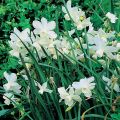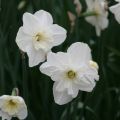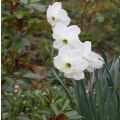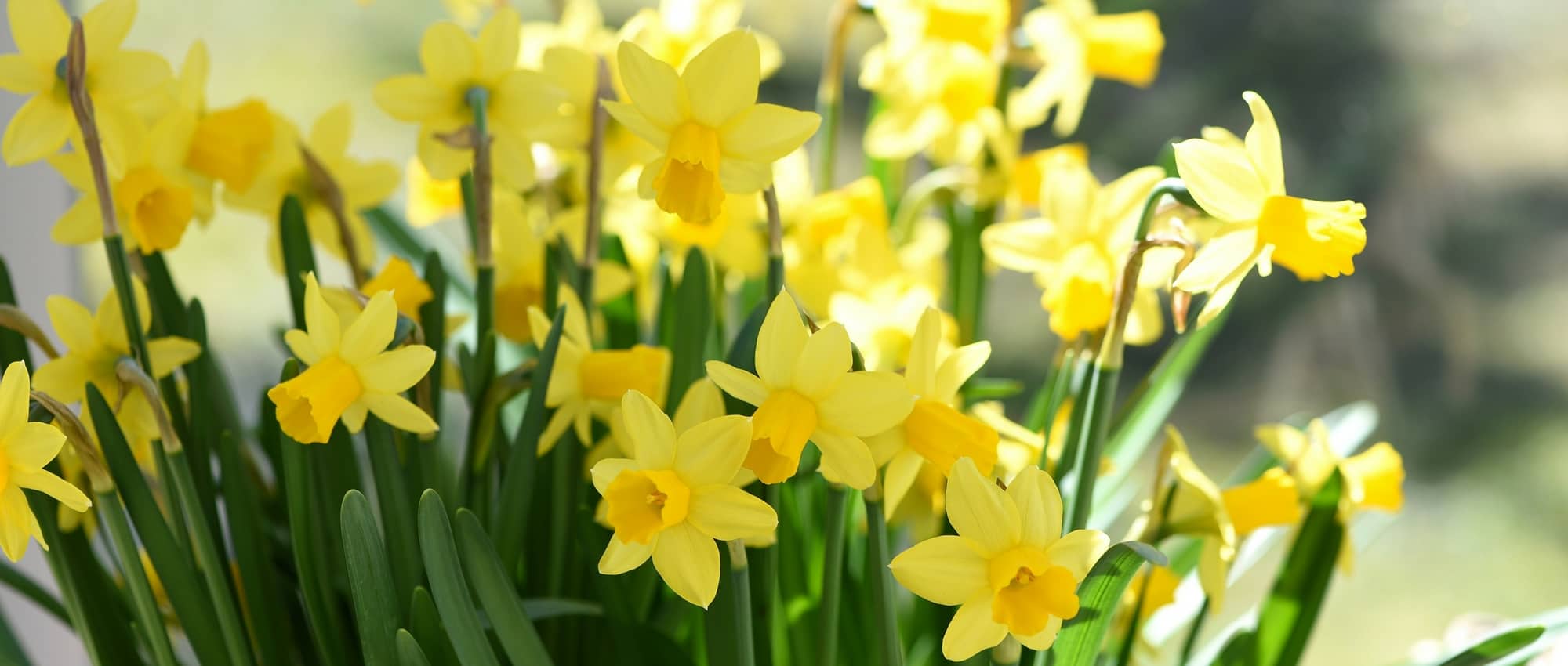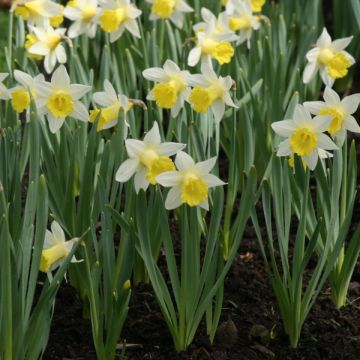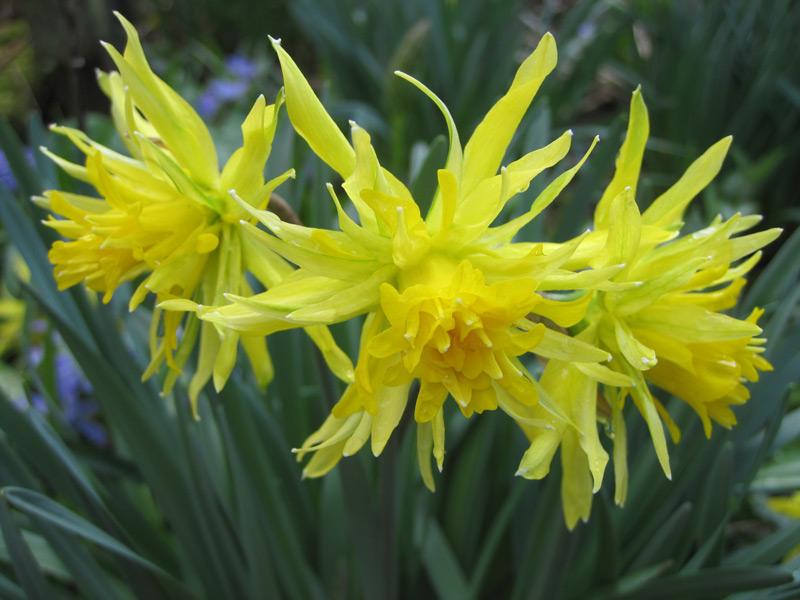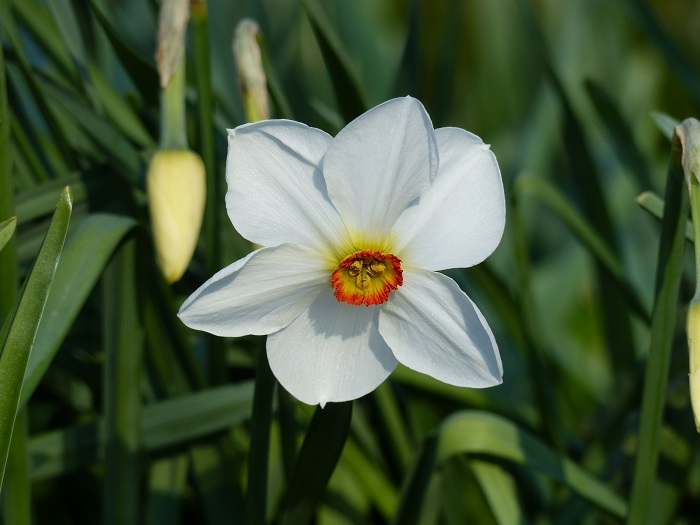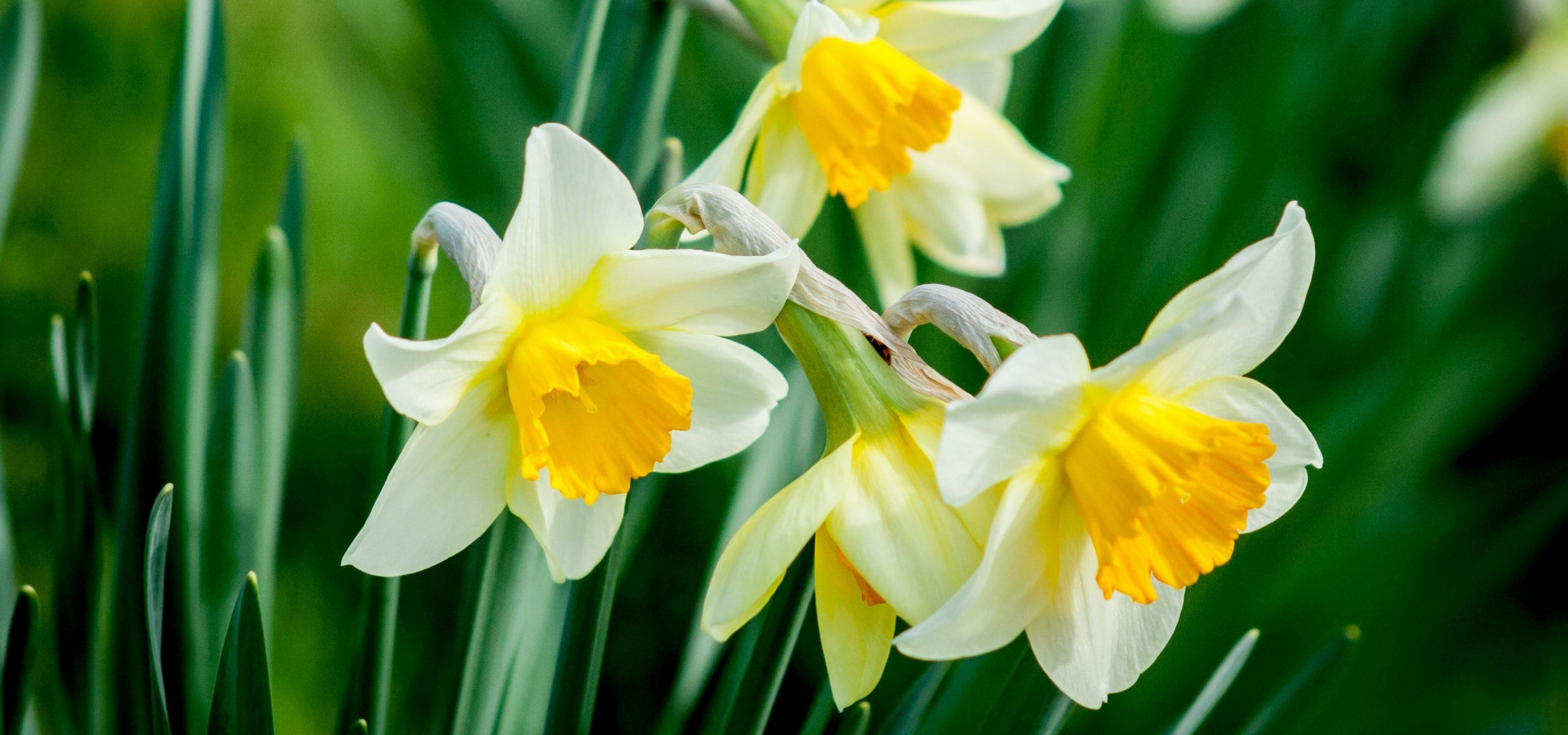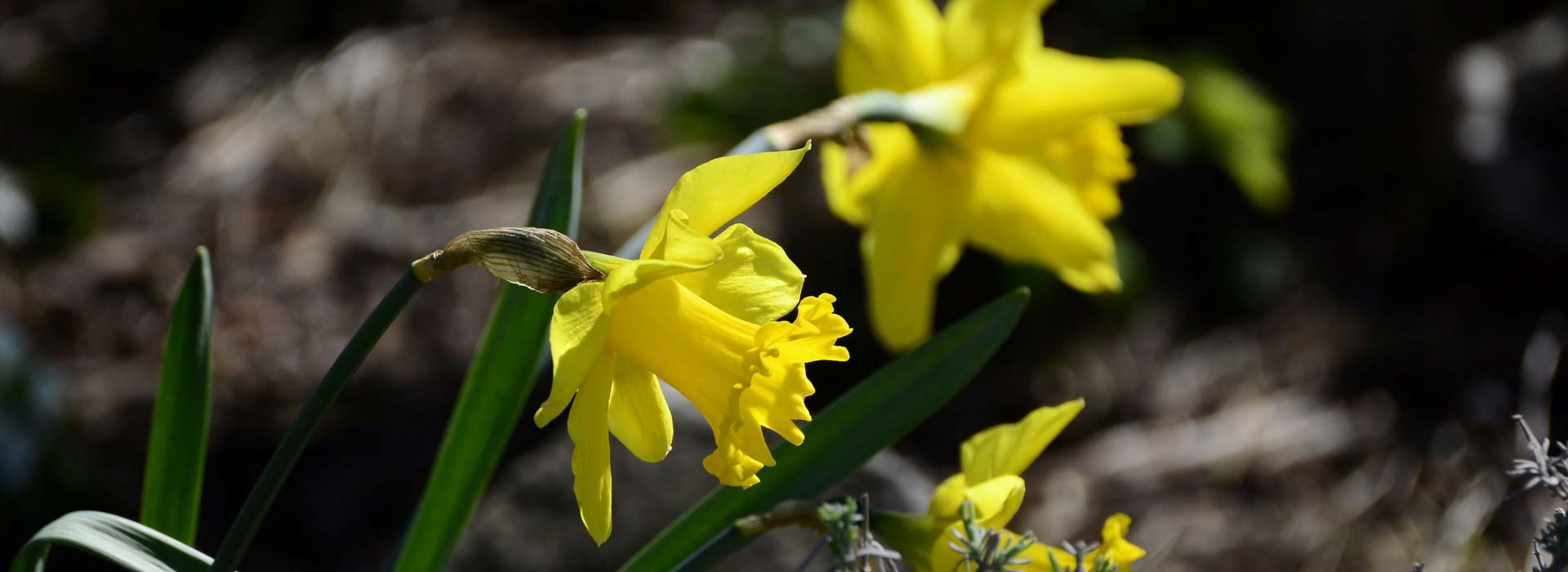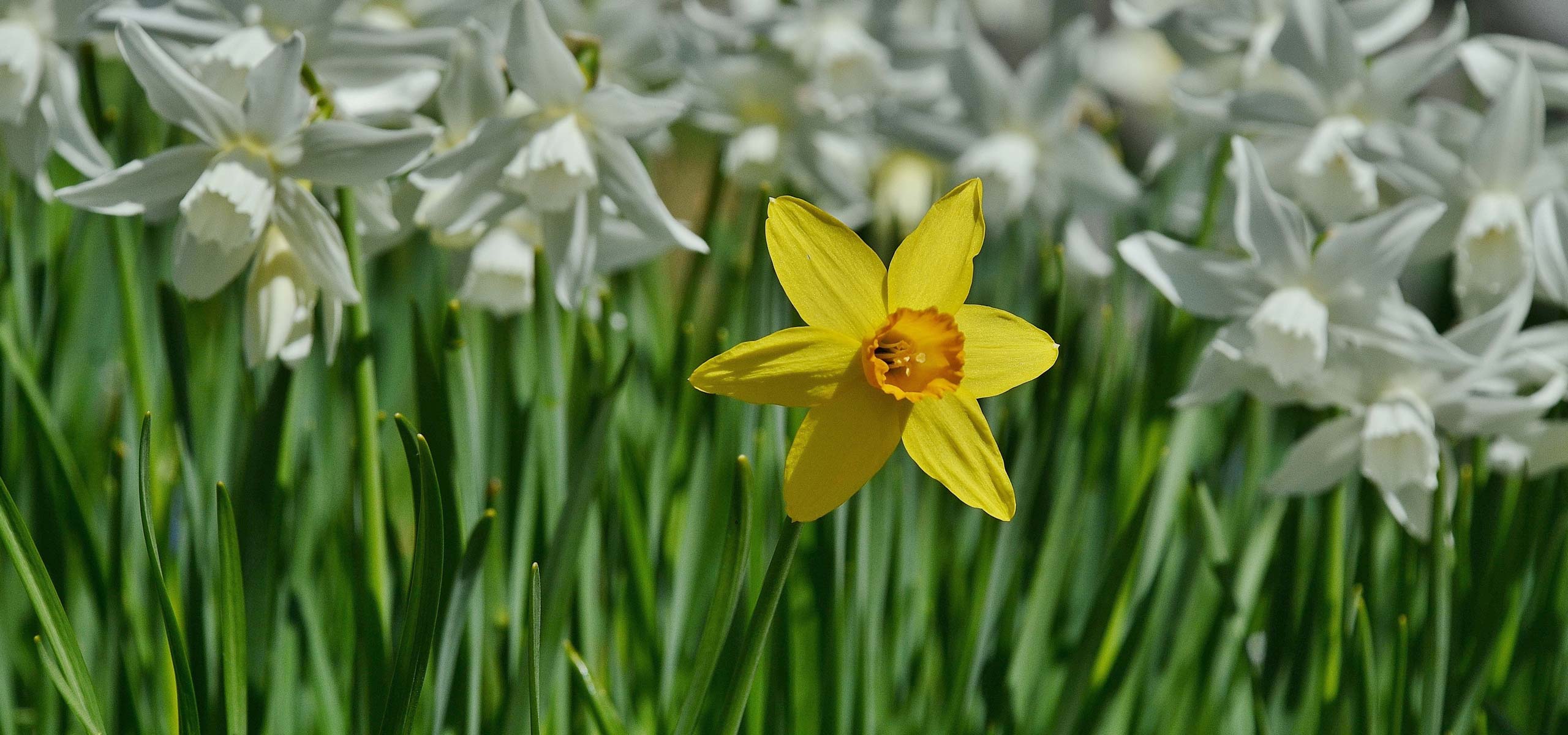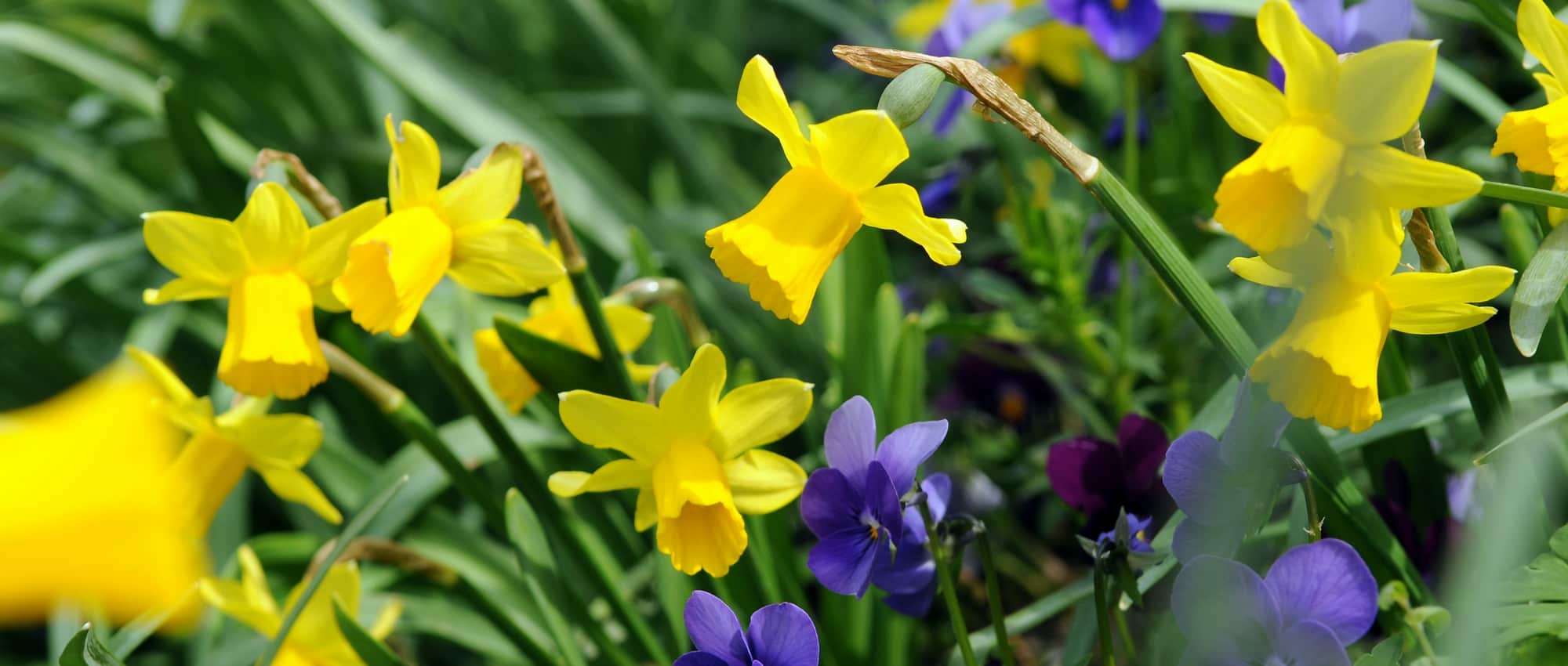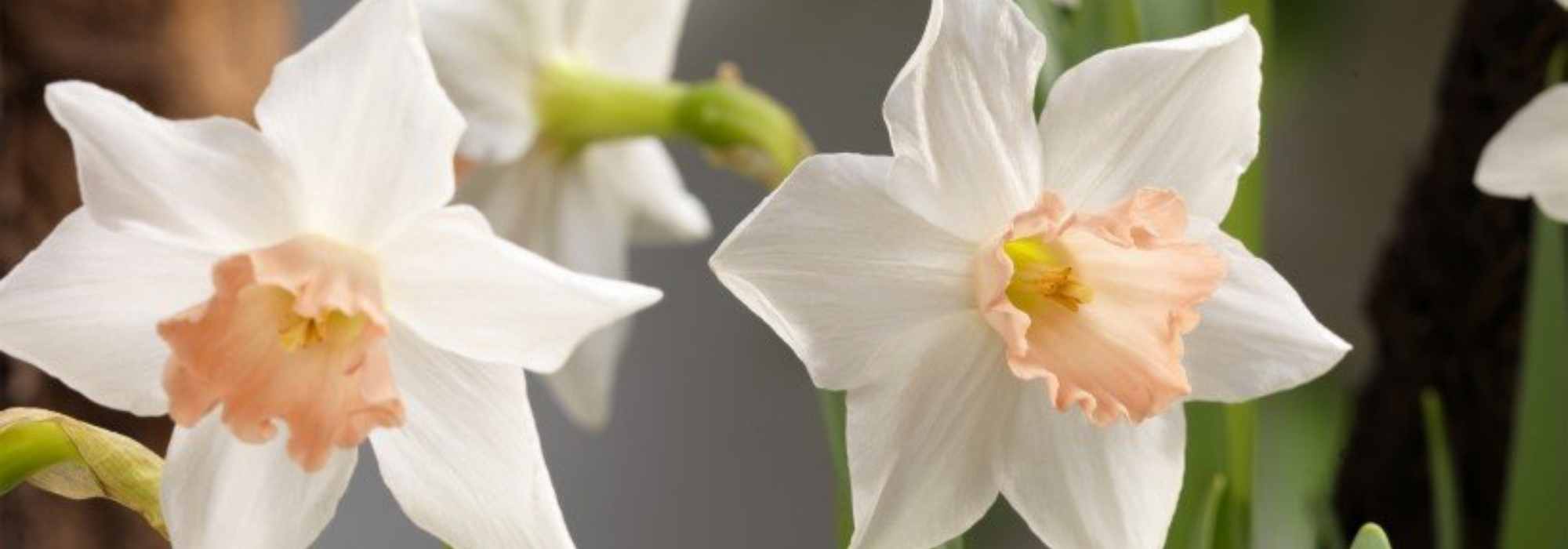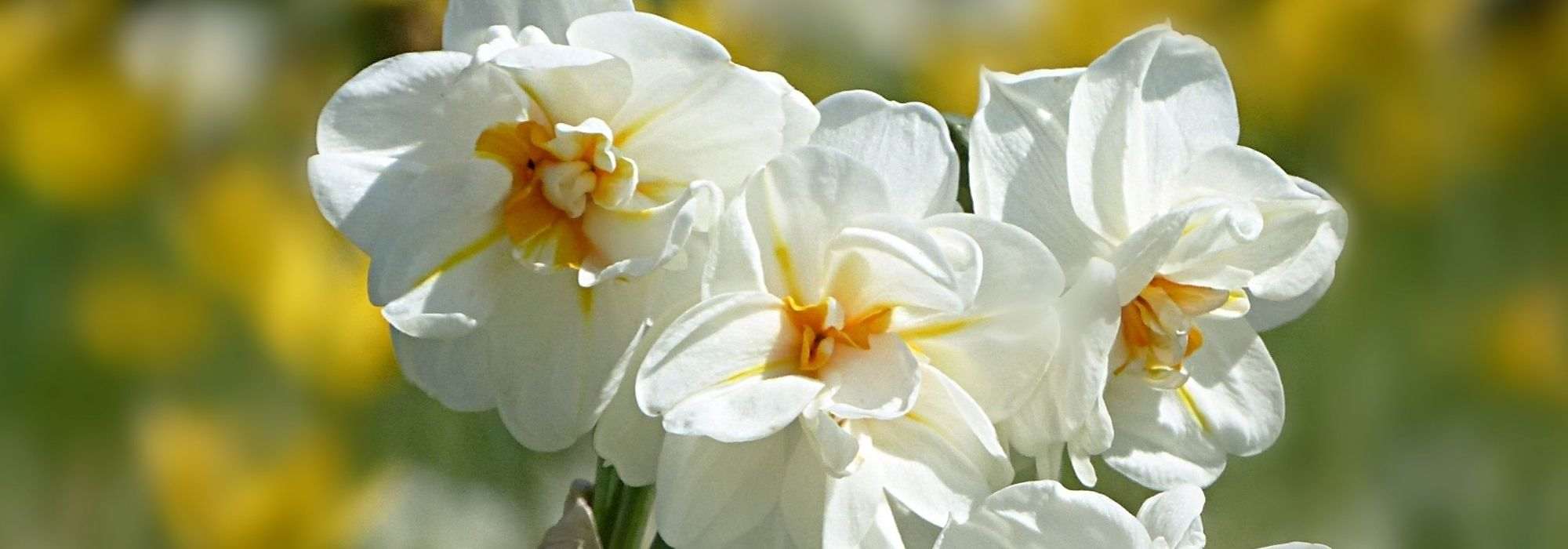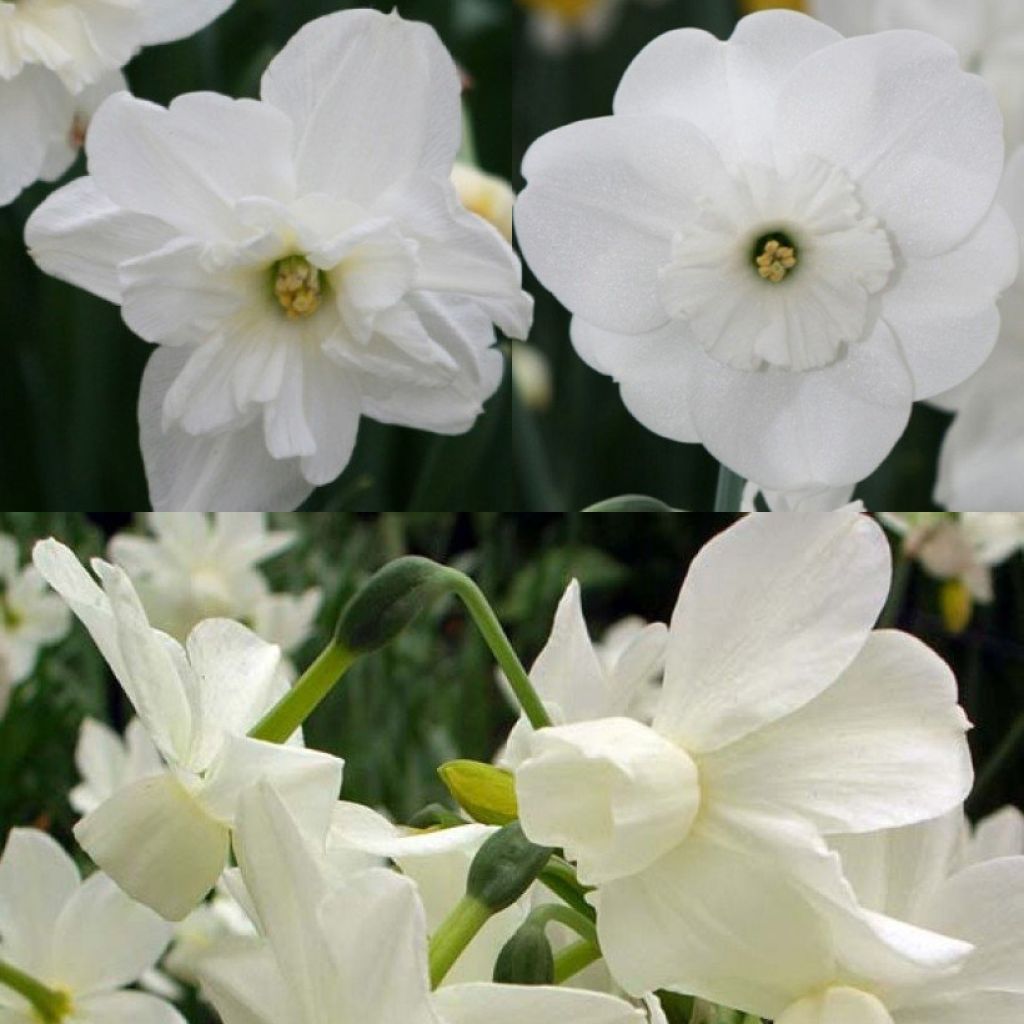

White daffodils collection
White daffodils collection
Special offer!
Receive a €20 voucher for any order over €90 (excluding delivery costs, credit notes, and plastic-free options)!
1- Add your favorite plants to your cart.
2- Once you have reached €90, confirm your order (you can even choose the delivery date!).
3- As soon as your order is shipped, you will receive an email containing your voucher code, valid for 3 months (90 days).
Your voucher is unique and can only be used once, for any order with a minimum value of €20, excluding delivery costs.
Can be combined with other current offers, non-divisible and non-refundable.
This plant carries a 6 months recovery warranty
More information
We guarantee the quality of our plants for a full growing cycle, and will replace at our expense any plant that fails to recover under normal climatic and planting conditions.
Would this plant suit my garden?
Set up your Plantfit profile →
Collection items (25 plants)
Description
With this collection, give your garden the natural elegance of these narcissus, dressed in white! From April to May, they will illuminate borders, flower beds, rockeries, and planters with a myriad of white flowers with a sweet fragrance. Once planted, these excellent varieties will bloom year after year and naturalise over time in favourable conditions.
The collection of 25 white narcissus consists of:
- 10x White Butterfly Narcissus: an old variety of narcissus with white orchid-like flowers. Its flower, about 8.5cm (3in) in diameter, with a crimped texture, has a white-cream corolla and a cut-out crown, tinted with lemon yellow. Over time, this flower becomes whiter. It is also an easy-to-grow and hardy plant, which establishes itself quietly in the garden. Height 45cm (18in).
- 5x Piper's End Narcissus: a beautiful newcomer with small, very white flowers, whose cup opens into a slightly cream-coloured frizzled trumpet, but enhanced by a deep green heart. It has retained the sweet and enticing fragrance of poetic narcissus, which we love so much in spring bouquets. Height 40cm (16in).
- 10x Petrel Narcissus: a narcissus similar to a botanical species called Narcissus triandus. This pretty multiflorous variety produces up to seven small pure white flowers on each stem, which announce their presence with a beautiful scent. Height 35cm (14in).
Plant this collection of narcissus in any well-drained and loosened, humus-rich soil; however, the results are less good in soils that are too moist in summer or excessively acidic. They will be at home in natural flower beds or borders, paired with squills and hyacinths, grape hyacinths, mid-height botanical tulips, as well as forget-me-nots or pansies. Plant them under trees, where no one will disturb them: with a little patience, they may naturalize there, forming large luminous carpets over time! For a romantic effect, plant them at the base of old roses. In large pots, these narcissus are wonderful... place them near windows or the entrance door to fully enjoy their delightful fragrance.
These narcissus are also perfect for creating charming bouquets. Please note that narcissus stems contain a substance that causes other flowers to wither quickly. You can mitigate this harmful effect by dipping the ends of the narcissus stems in hot water for 1 to 2 minutes. Furthermore, if your flowers open too quickly, you can add two to three ice cubes to the vase every day. Only use very little water, just enough to cover thee bottom!
Plant habit
Flowering
Foliage
Botanical data
Cultivar or hybrid
Other Daffodils A to Z
View all →Planting and care
Plant your bulbs as soon as possible in well-drained soil. Loosen the soil deeply. Plant at a depth of 10cm (4in) (Bulbs should be covered with twice their height of soil). Space the bulbs a few cm apart, making sure they do not touch. Choose a sunny location for better flowering. After flowering, cut the flower stalks and let the leaves dry completely before cutting them.
Planting period
Intended location
Care
Planting & care advice
This item has not been reviewed yet - be the first to leave a review about it.
Haven't found what you were looking for?
Hardiness is the lowest winter temperature a plant can endure without suffering serious damage or even dying. However, hardiness is affected by location (a sheltered area, such as a patio), protection (winter cover) and soil type (hardiness is improved by well-drained soil).

Photo Sharing Terms & Conditions
In order to encourage gardeners to interact and share their experiences, Promesse de fleurs offers various media enabling content to be uploaded onto its Site - in particular via the ‘Photo sharing’ module.
The User agrees to refrain from:
- Posting any content that is illegal, prejudicial, insulting, racist, inciteful to hatred, revisionist, contrary to public decency, that infringes on privacy or on the privacy rights of third parties, in particular the publicity rights of persons and goods, intellectual property rights, or the right to privacy.
- Submitting content on behalf of a third party;
- Impersonate the identity of a third party and/or publish any personal information about a third party;
In general, the User undertakes to refrain from any unethical behaviour.
All Content (in particular text, comments, files, images, photos, videos, creative works, etc.), which may be subject to property or intellectual property rights, image or other private rights, shall remain the property of the User, subject to the limited rights granted by the terms of the licence granted by Promesse de fleurs as stated below. Users are at liberty to publish or not to publish such Content on the Site, notably via the ‘Photo Sharing’ facility, and accept that this Content shall be made public and freely accessible, notably on the Internet.
Users further acknowledge, undertake to have ,and guarantee that they hold all necessary rights and permissions to publish such material on the Site, in particular with regard to the legislation in force pertaining to any privacy, property, intellectual property, image, or contractual rights, or rights of any other nature. By publishing such Content on the Site, Users acknowledge accepting full liability as publishers of the Content within the meaning of the law, and grant Promesse de fleurs, free of charge, an inclusive, worldwide licence for the said Content for the entire duration of its publication, including all reproduction, representation, up/downloading, displaying, performing, transmission, and storage rights.
Users also grant permission for their name to be linked to the Content and accept that this link may not always be made available.
By engaging in posting material, Users consent to their Content becoming automatically accessible on the Internet, in particular on other sites and/or blogs and/or web pages of the Promesse de fleurs site, including in particular social pages and the Promesse de fleurs catalogue.
Users may secure the removal of entrusted content free of charge by issuing a simple request via our contact form.
The flowering period indicated on our website applies to countries and regions located in USDA zone 8 (France, the United Kingdom, Ireland, the Netherlands, etc.)
It will vary according to where you live:
- In zones 9 to 10 (Italy, Spain, Greece, etc.), flowering will occur about 2 to 4 weeks earlier.
- In zones 6 to 7 (Germany, Poland, Slovenia, and lower mountainous regions), flowering will be delayed by 2 to 3 weeks.
- In zone 5 (Central Europe, Scandinavia), blooming will be delayed by 3 to 5 weeks.
In temperate climates, pruning of spring-flowering shrubs (forsythia, spireas, etc.) should be done just after flowering.
Pruning of summer-flowering shrubs (Indian Lilac, Perovskia, etc.) can be done in winter or spring.
In cold regions as well as with frost-sensitive plants, avoid pruning too early when severe frosts may still occur.
The planting period indicated on our website applies to countries and regions located in USDA zone 8 (France, United Kingdom, Ireland, Netherlands).
It will vary according to where you live:
- In Mediterranean zones (Marseille, Madrid, Milan, etc.), autumn and winter are the best planting periods.
- In continental zones (Strasbourg, Munich, Vienna, etc.), delay planting by 2 to 3 weeks in spring and bring it forward by 2 to 4 weeks in autumn.
- In mountainous regions (the Alps, Pyrenees, Carpathians, etc.), it is best to plant in late spring (May-June) or late summer (August-September).
The harvesting period indicated on our website applies to countries and regions in USDA zone 8 (France, England, Ireland, the Netherlands).
In colder areas (Scandinavia, Poland, Austria...) fruit and vegetable harvests are likely to be delayed by 3-4 weeks.
In warmer areas (Italy, Spain, Greece, etc.), harvesting will probably take place earlier, depending on weather conditions.
The sowing periods indicated on our website apply to countries and regions within USDA Zone 8 (France, UK, Ireland, Netherlands).
In colder areas (Scandinavia, Poland, Austria...), delay any outdoor sowing by 3-4 weeks, or sow under glass.
In warmer climes (Italy, Spain, Greece, etc.), bring outdoor sowing forward by a few weeks.






























